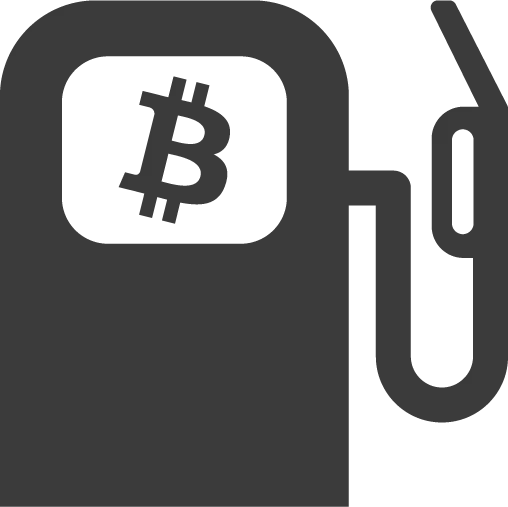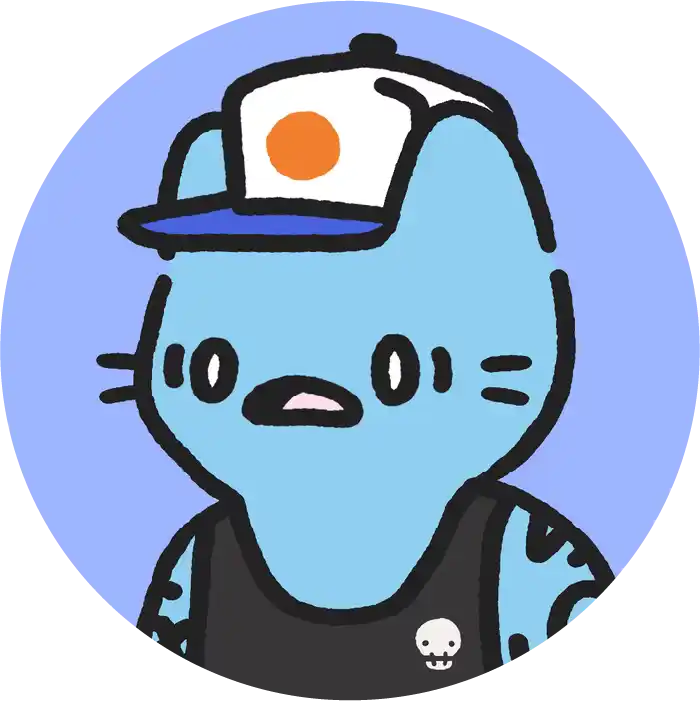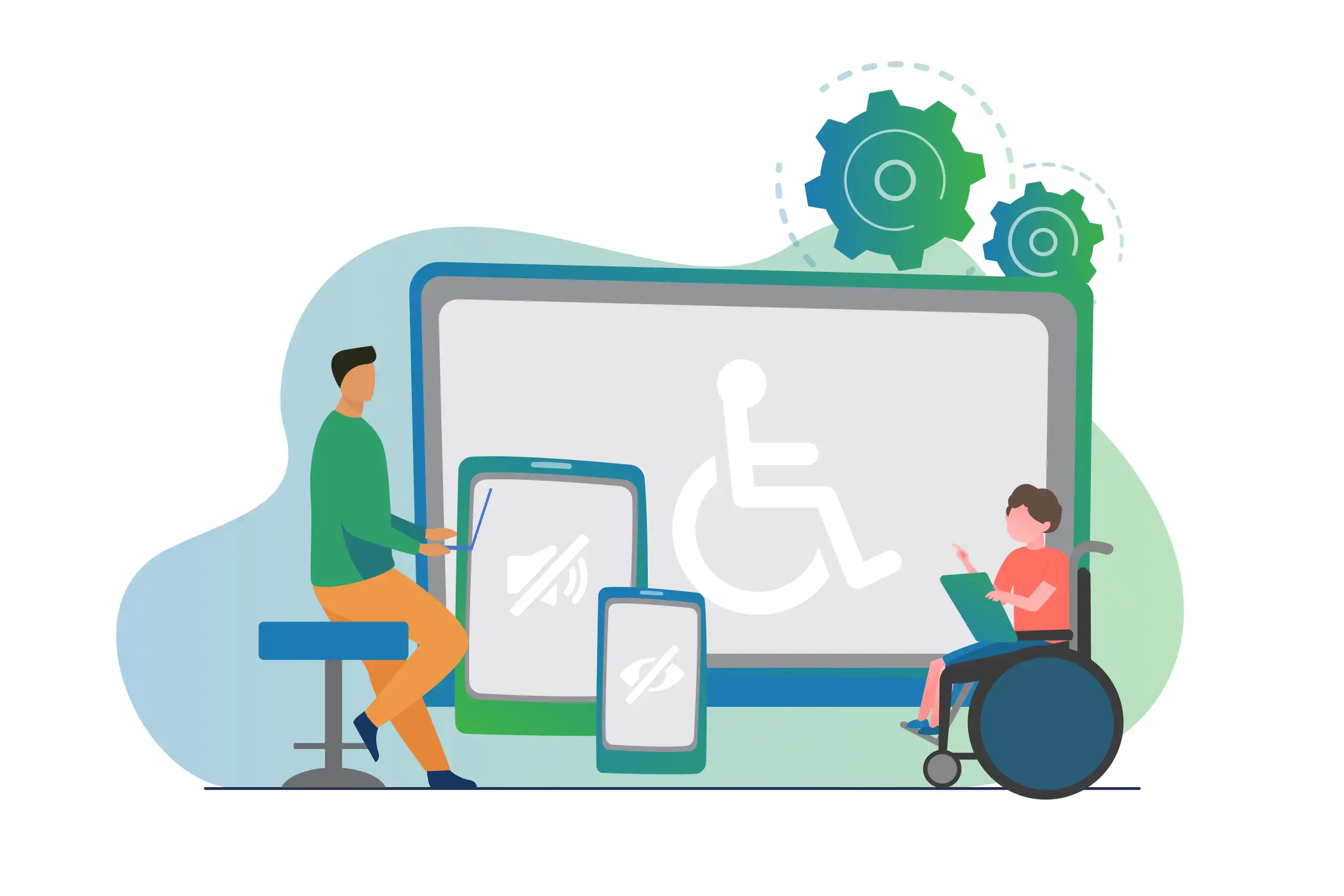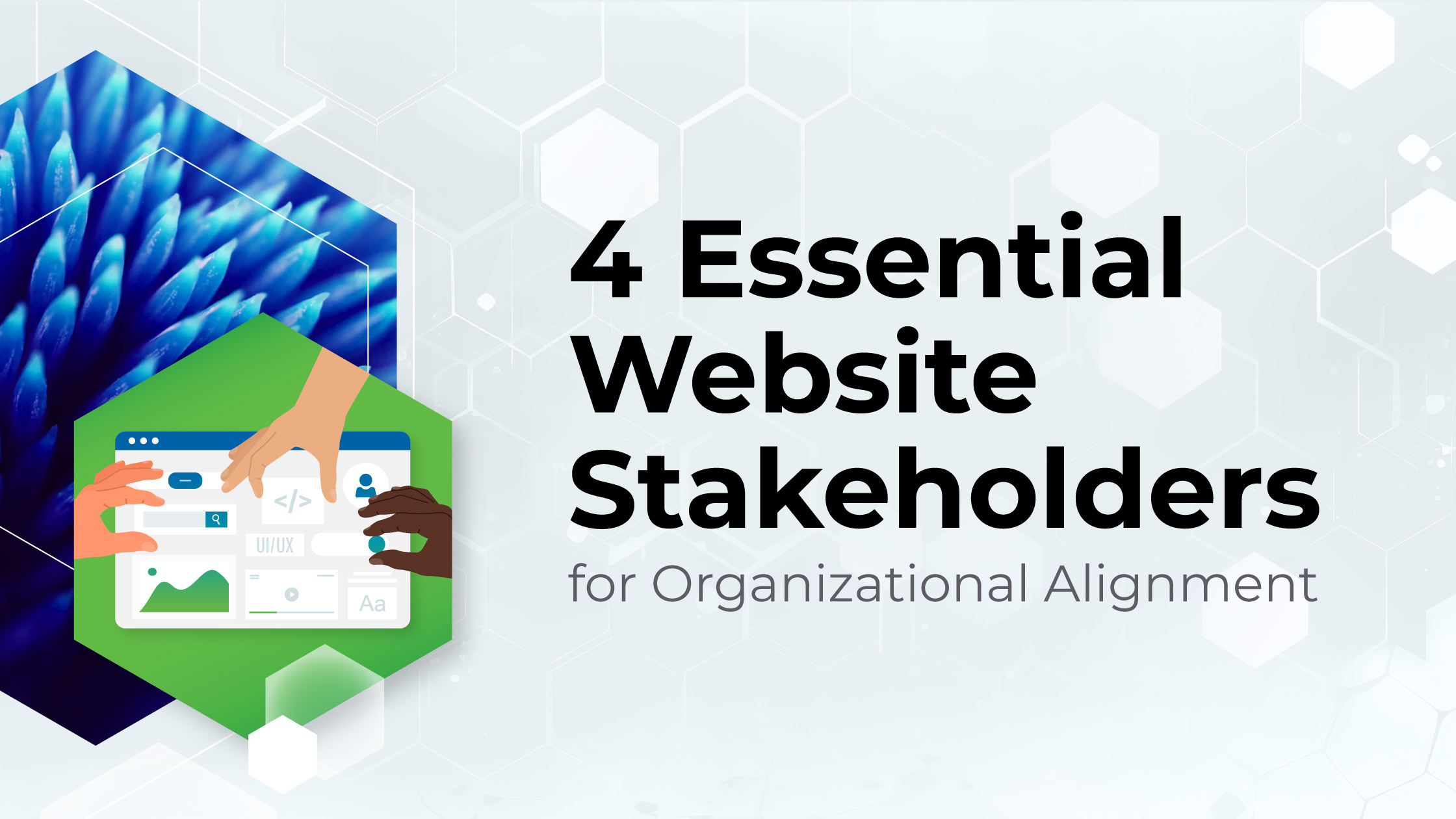The FOMO (Fear Of Missing Out) by brands continues to escalate and with this escalation comes the potential of panicked decision-making, less than productive alliances, and ill conceived NFT offerings. So, every marketer out there, take a deep breath! In this overview, I will do my best to show you that this isn’t a brave new world and a lot of what you know already about BtoC marketing and building your community translates to the NFT world. It should also be noted, the NFT landscape is literally changing every day, the surface of opportunity both for brands and what an NFT can mean has barely been scratched. Yes, you might feel behind the curve but trust that NFT’s are a long game where the future is being developed in real time!
So let’s dive in!
Cheat Sheet for NFTs – Top 10 Things You Need to Know

1 – Blockchain = It’s all built on this! Blockchain is digitally distributed, decentralized, public ledger that exists across a network. It is near impossible to change, hack, or cheat the ledger entries once created. It was created by Satoshi Nakomato. Blockchain is also used for supply chain management, Internet-of-Things tracking, and recording various types of data. Blockchain provides the following key features: Decentralized Technology, Enhanced Security, and Distributed Ledgers.

2 – Cryptocurrency or Crypto = is a digital or virtual currency that is built and runs on a blockchain. They are a tradable form of digital money or a tradable digital asset (NFT). Currency doesn’t always equate money in this instance. There are 1,000s of cryptocurrencies and it is their use of the blockchain that brought blockchain to the forefront. Some well-known ones are Bitcoin, DogeCoin, Ethereum.

3 – NFT means Non-Fungible Token, and it refers to a unique (non-fungible) item (token) that can not be replaced with something else.
4 – NFT’s are a crypto asset. Instead of being a crypto currency they are a digital creative asset (art, video, .gif). Because they are an asset, there is a perceived value that allows the creator to sell the original NFT and the buyer to trade it later on, hopefully at a higher value. Valuation is set by the marketplace.

5 – NFT’s live on a ledger (blockchain). The most popular ledger for NFTs is the Ethereum blockchain aka ETH. You have no doubt seen .eth or heard someone say eth, that’s what it relates to.
6 – The blockchain acts as an authenticator, proof of origination and ownership for the NFT via digital certificates. Given a digital asset can be easily copied, it is the NFTs connection to the blockchain that provides infallible proof of ownership and trading history.

7 – NFT Marketplace vs Blockchain Marketplace: There are specific NFT Marketplaces that exist to buy, trade, or sell NFTs. OpenSea is the most well-known, and while it’s not the only NFT Marketplace, it is definitely the most known thanks to Bored Ape Yacht Club’s use of the platform. The largest blockchain marketplace is currently Coinbase, which provides a platform for buying and selling bitcoin (exchanging it to your local currency), sending and requesting
8 – To buy an NFT on OpenSea one must purchase Ethereum (digital currency) on a crypto exchange like Coinbase. If one doesn’t have a digital wallet for crypto currency they will need one. Then you need to transfer your Eth currency to your wallet, and connect your wallet to a marketplace like OpenSea.

9 – Key Terminology:
- Minting an NFT = the creator converting digital files into crypto collections or digital assets stored on the blockchain.
- NFT Drop = NFT launch
- Gas Fee = is a transaction fee charged for an NFT purchase. Gas Fees are not regulated so can be astronomical if there is a lot of competition for a particular NFT sale.
- Whitelist = a list of people who get early and guaranteed access to an NFT sale. This ensures best price, low gas fees

10 – Some examples of popular NFTs include: Cool Cats. There are also a number of artists, celebrities, and even sports personalities who are jumping on the NFT bandwagon and releasing their own collections. One recent example is NBA player Stephen Curry releasing his own collection of NFTs, which also provide “in real life” perks coupled with their NFT purchases.




